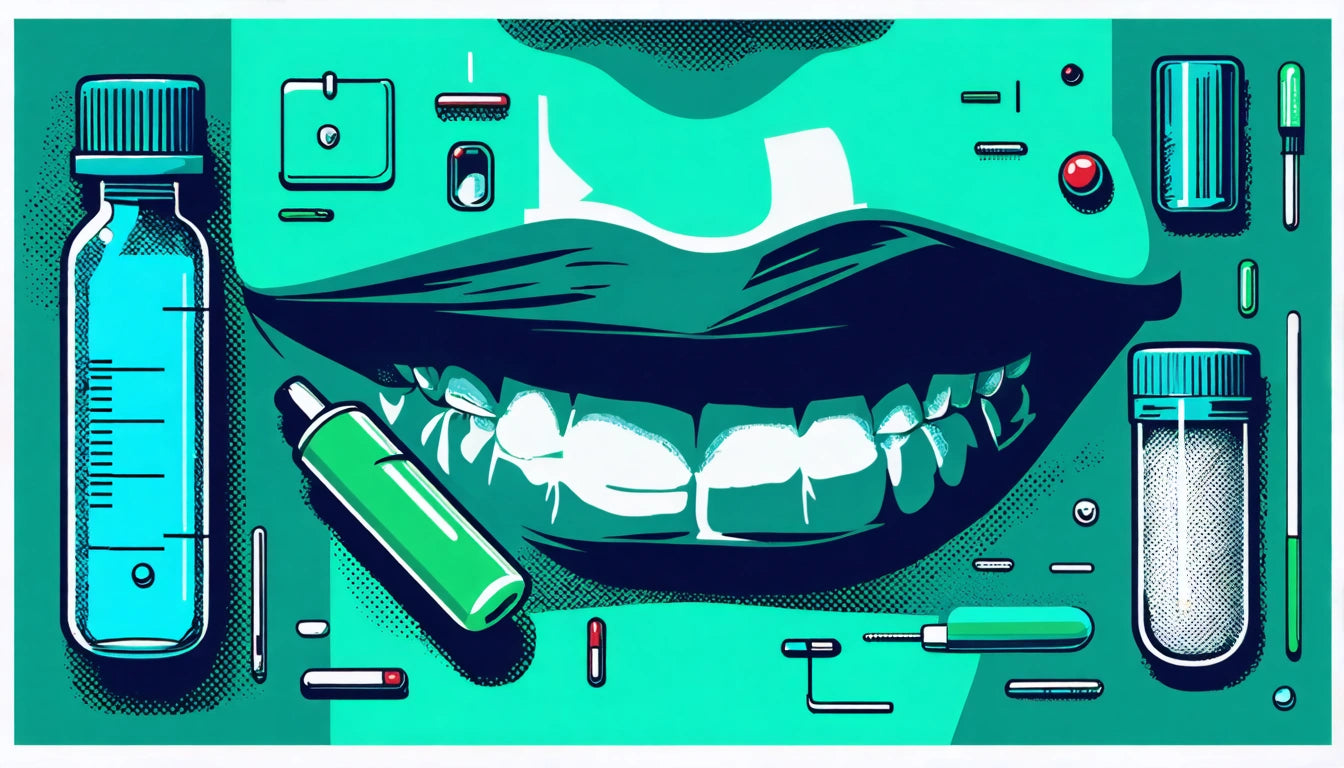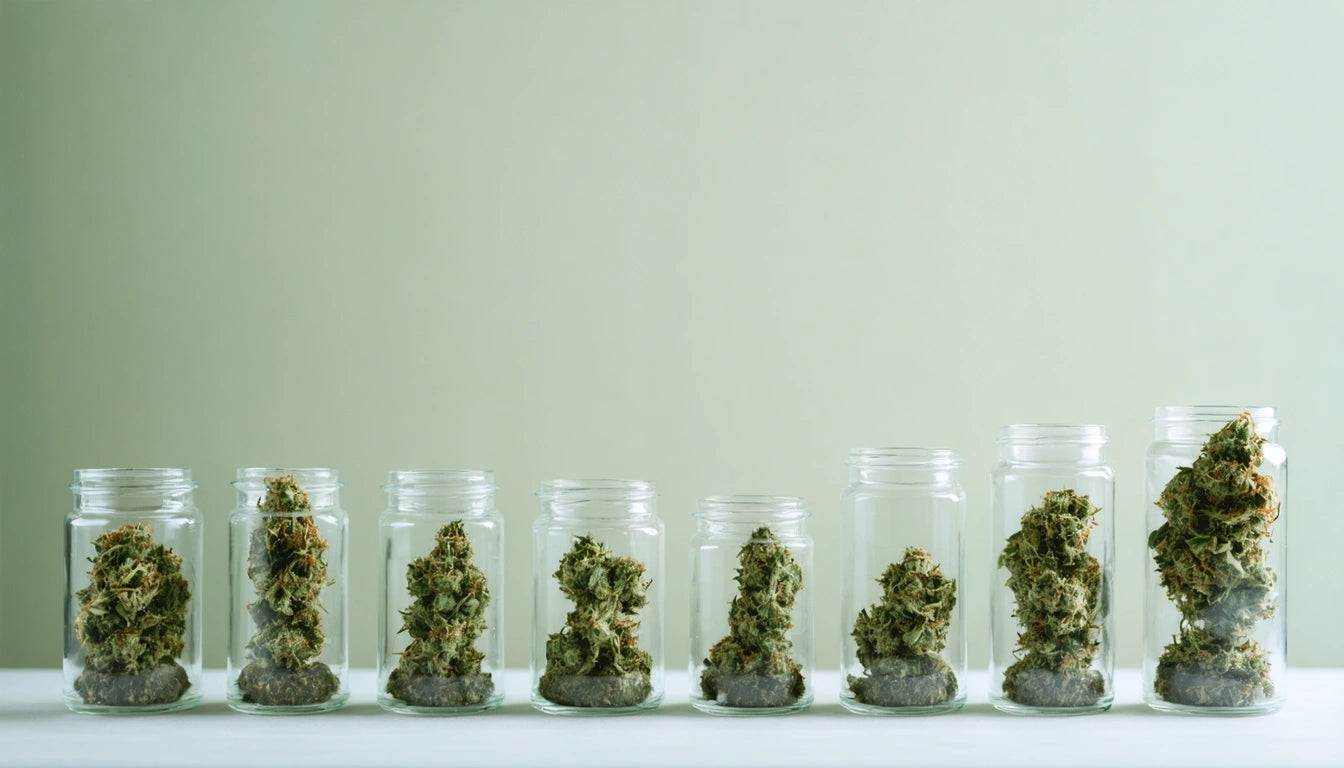Table of Contents
How Long Does THC Stay Detectable in Saliva?
Understanding how long THC stays in your saliva is crucial for anyone subject to workplace drug testing or roadside checks. Saliva tests have become increasingly common due to their convenience and ability to detect recent cannabis use. This comprehensive guide examines detection windows, influencing factors, and what you need to know about saliva-based THC testing.
Detection Window Basics: How Long THC Stays in Saliva
THC, the primary psychoactive compound in cannabis, typically remains detectable in saliva for 24-72 hours after use for most consumers. This makes saliva testing particularly effective at identifying recent consumption rather than historical use. Unlike urine or hair tests that can detect THC metabolites for weeks or months, saliva tests focus on a shorter timeframe, making them popular for workplace safety and roadside sobriety checks.
Factors Affecting How Long THC Remains Detectable
Several key factors influence how long THC is detectable in saliva:
- Consumption method - Smoking or vaping typically leads to higher oral cavity concentrations than edibles
- THC potency - Higher potency products may extend detection windows
- Individual metabolism - Variations in how quickly your body processes cannabinoids
- Hydration levels - Being well-hydrated may help reduce detection times
- Oral hygiene - Regular brushing and oral care may impact residual THC
For cannabis businesses and consumers alike, understanding these variables is important. Many companies use commercial-grade cannabis processing equipment to create products with specific potency levels, which directly impacts how long compounds remain detectable in consumers' systems.
Detection Windows by Usage Frequency
Occasional Users (1-2 times per month)
For infrequent cannabis consumers, THC typically remains detectable in saliva for 12-24 hours after use. The body efficiently clears the compound when exposure is limited.
Regular Users (1-3 times per week)
Those who consume cannabis several times weekly may test positive on saliva tests for 24-72 hours following their last use. The detection window extends as THC accumulates in the body's fat cells.
Heavy Users (Daily or Multiple Times Daily)
For daily consumers, how long THC stays in saliva for heavy users can extend to 1-7 days after cessation. Frequent use leads to accumulation in tissues and longer clearance times.
Saliva Testing Methods and Accuracy
Modern saliva tests use immunoassay technology to detect the presence of THC. These tests typically have detection thresholds between 2-5 nanograms per milliliter. While generally reliable, they can occasionally produce false positives from cross-reactions with other substances.
The accuracy of saliva tests has improved significantly in recent years. Most tests now provide results within minutes and can detect use within the past 24-48 hours with approximately 90-95% accuracy. Laboratory confirmation using mass spectrometry provides even greater precision for contested results.
How Saliva Testing Compares to Other Methods
Understanding how long THC is detectable across different testing methods helps put saliva testing in context:
- Saliva: 24-72 hours (up to 7 days for heavy users)
- Urine: 3-30 days depending on usage frequency
- Blood: 1-7 days
- Hair: Up to 90 days
Saliva testing offers a balance between detecting very recent use (like blood) and longer detection windows (like urine or hair). This makes it particularly useful for determining potential current impairment rather than historical use.
Preparing for a Saliva Test
If you're facing a saliva test and concerned about how long THC can be detected in your saliva, several approaches may help reduce detection risk:
- Abstain from cannabis use for at least 72 hours before testing
- Stay well-hydrated to help flush your system
- Practice thorough oral hygiene, including brushing teeth, gums, and tongue
- Use mouthwash (though this provides only temporary benefit)
- Avoid eating fatty foods before testing (THC binds to fat)
It's important to note that while these measures may help, they don't guarantee passing a test, especially for heavy users or those who've consumed cannabis within 24 hours of testing.
Future Detection Technologies and Testing Trends
The science of THC detection continues to evolve. Newer technologies are being developed to more accurately determine not just the presence of THC but actual impairment levels. These include:
- Breath testing devices similar to alcohol breathalyzers
- App-based cognitive testing to measure actual impairment
- More sensitive saliva tests with lower detection thresholds
- Rapid result technologies for immediate roadside assessment
As cannabis legalization expands, the focus is shifting from simple detection to meaningful impairment assessment. This represents a more nuanced approach that acknowledges the complex relationship between THC presence and actual functional impairment.
Understanding how long THC stays in your saliva empowers consumers to make informed decisions about usage timing relative to potential testing. For employers and law enforcement, recognizing the limitations and appropriate applications of saliva testing helps ensure fair and effective policies.











Leave a comment
All comments are moderated before being published.
This site is protected by hCaptcha and the hCaptcha Privacy Policy and Terms of Service apply.